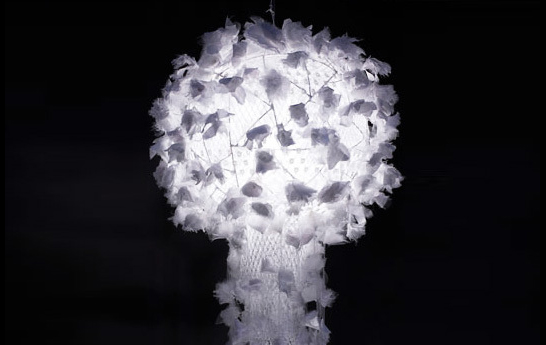
Come Rain Come Shine by Studio Tord Boontje
created this lyrical interpretation of a chandelier called Come Rain Come Shine that brings playfulness and sophistication to any decor.
The center orb is made from a round metal structure and the chandelier froths and preens with its handcrafted features made of crocheted cotton, organza, silk, and fabric flowers. With these details, it casts a mysterious and dramatic glow when lit.
The chandelier is produced through Coopa-Roca, a women’s cooperative based in Rio de Janeiro’s largest shantytown. Cooperative members use their homes as workshops so they can earn a living while tending to their families. Coopa-Roca is also dedicated to building up self-esteem in women living in impoverished neighborhoods.
About the designer: Studio Tord Boontje is led by Tord who gained his education at the Eindhoven Design Academy and the Royal College of Art London. Early projects involved creating studio produced low cost or free products such as Transglass in 1997, the Rough-and-Ready furniture in 1999 and the Wednesday Collection in 2001. By 2002, his Garland light for Habitat was a widely recognized and distributed product and the Blossom chandelier for Swarovski was making waves. In 2005, a high profile project with Target brought Tord to the USA, in his own advert surrounded by animated animals and nature and in 2007 Rizzoli dedicated a book to describing the first 10 years of Studio Tord Boontje. Since then, he has worked with international companies such as Shiseido, Yamaha, Hewlett Packard, Bisazza, Target, Philips, Kvadrat, Alexander McQueen, Perrier-Jouët, Nanimarquina, Artecnica, Authentics, Meta and has continued his work with Swarovski, Moroso, and Habitat. The range of products include lighting, graphics, textiles, ceramics and furniture.
About the manufacturer: Coopa-Roca is a cooperative that enables, coordinates and manages the work of the women living in Rocinha, which produce handmade pieces focused on the market of Fashion and Design. The cooperative was created in the early 80s with the mission to make it easier for women to work work in their homes and thus expand the family budget without departing from the care of their children and the housework.
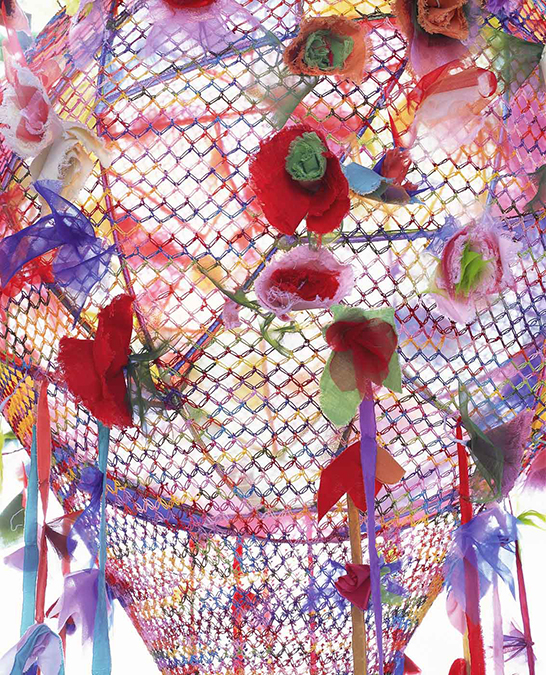
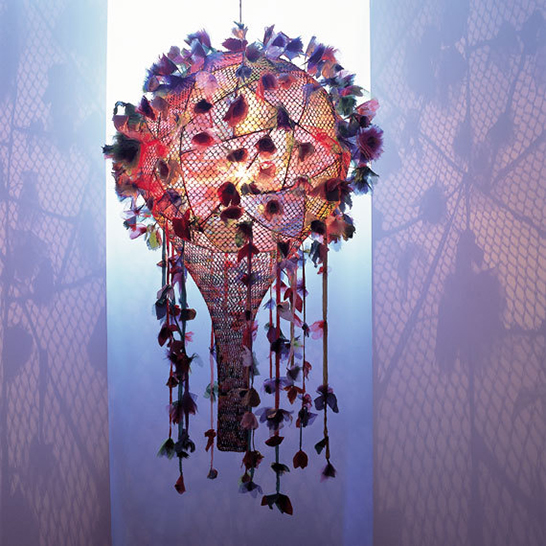
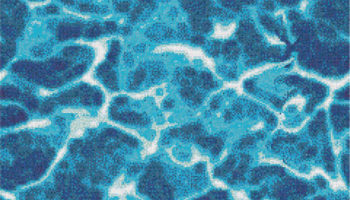

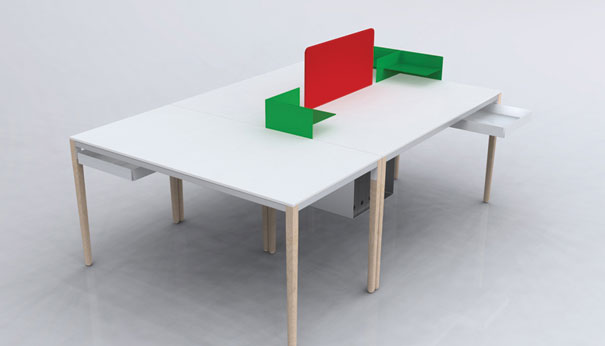

Leave a Reply